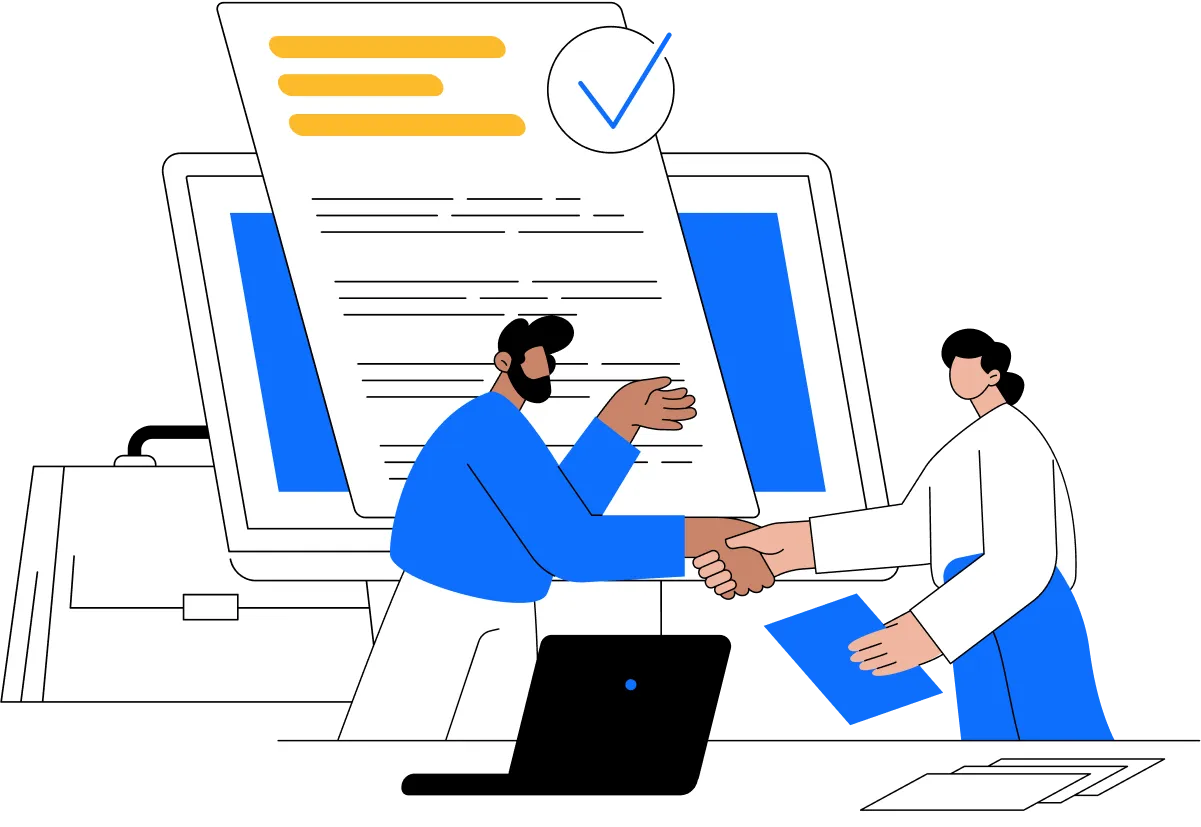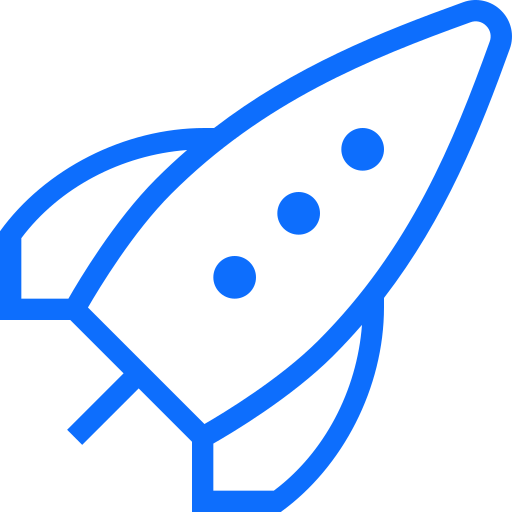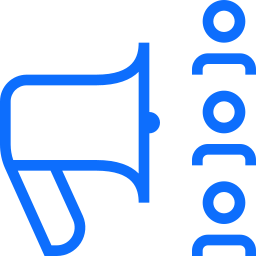
Our Approach to Loyalty Program Design
A successful loyalty program begins with a clear understanding of your business landscape,
customer expectations, and long-term goals. At loyltworks, we work closely with clients to
explore these areas through discovery sessions, stakeholder interviews, and process evaluations.
This allows us to tailor a solution that reflects both strategic priorities and real-world
customer needs. Our Loyalty Program Design & Development process is built to ensure every
element of the program is aligned with your brand and capable of delivering measurable impact.
Once we’ve gathered key insights, we document the findings in a structured design framework that
outlines the customer journey, engagement flow, technology requirements, and performance
metrics. This framework forms the basis for the development, testing, and eventual launch of the
program. With our methodical approach to Loyalty Program Design & Development, businesses gain a
customized solution that drives loyalty, increases engagement, and supports long-term growth.
Key Steps in Our Loyalty Program Design Approach:
- Assess current loyalty efforts and identify performance gaps
- Facilitate in-depth discovery and strategy alignment sessions
- Map customer behaviors and define journey touchpoints
- Develop a detailed design document (BRD or PDD) for execution
- Move the approved design into build, test, and launch phases








